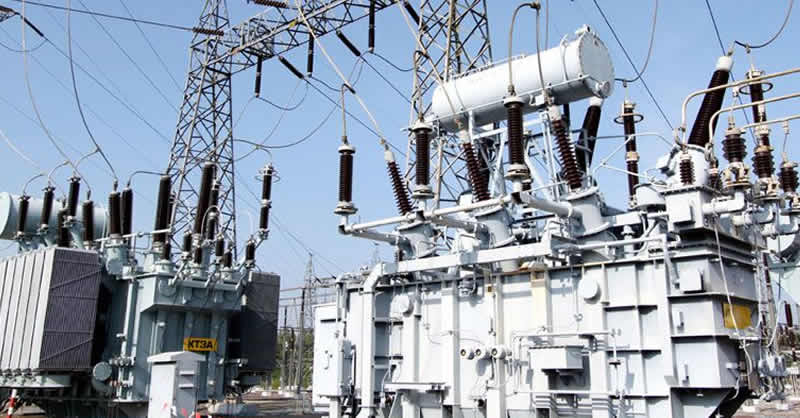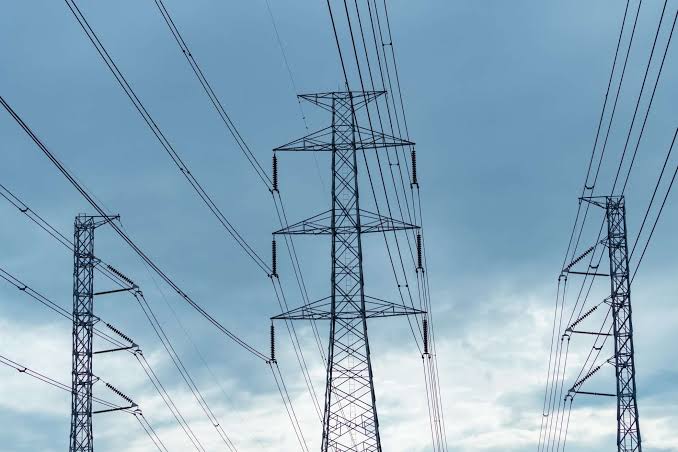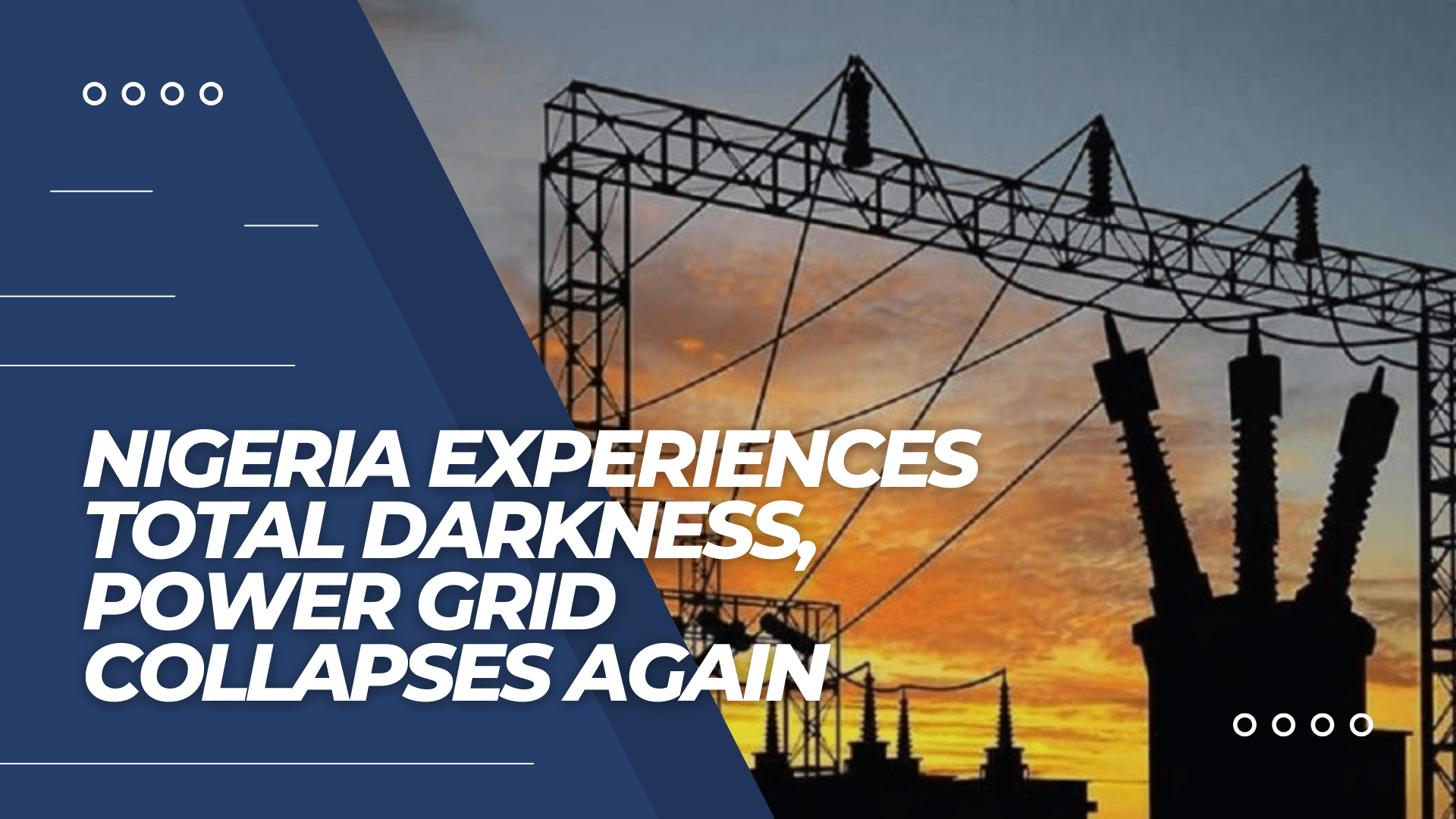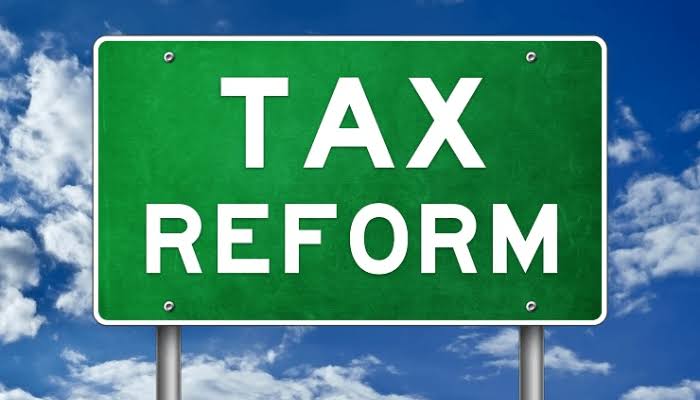Nigeria Plunged Into Darkness After Yet Another National Grid Collapse
In what has become a distressingly familiar situation, Nigeria’s national electricity grid collapsed once again, plunging millions into darkness across the country. The latest incident occurred at around 6:48 pm, causing power generation to drop to zero megawatts. While efforts to restore electricity have commenced, the recurrence of these grid failures continues to disrupt daily life and economic activities.
A Nationwide Power Outage and Swift Reactions
Timeline of the Collapse
The grid failure was reported to have taken place just before 7 pm, sending cities and states, including major hubs like Lagos, Abuja, and Enugu, into darkness. Electricity distribution companies such as the Abuja Electricity Distribution Company (AEDC), Enugu Electricity Distribution Company (EEDC), and Eko Electricity Distribution Company (EKEDC) confirmed the collapse through statements, assuring consumers that efforts were underway to restore power.

Response from Distribution Companies
EKEDC stated that widespread outages affected its network, impacting areas like Abia, Anambra, and Imo states. Emeka Ezeh, Head of Corporate Communications at EEDC, highlighted that all their interface stations had lost power. Despite the blackout, some relief came as AEDC and BEDC managed to restore a combined 50 MW, hinting at gradual recovery.
The Reality of Power Grid Failures in Nigeria
This isn’t the first time Nigeria has experienced a grid collapse, and unfortunately, it’s unlikely to be the last unless significant changes are made. The national grid’s instability is a consequence of multiple factors, including aging infrastructure, inadequate maintenance, and a gap between electricity demand and generation capacity.
Social and Economic Impact
The ripple effect of these failures is felt across the board, from large manufacturing industries to small shops that depend on a consistent power supply. For many Nigerians, it also means relying on expensive and polluting generators as backup, adding to the cost of living and business operations.
Why Do Grid Collapses Keep Happening?
Experts argue that the core of the problem lies in outdated infrastructure that can no longer handle the demands of a growing population. Coupled with governance and regulatory challenges, these technical failures reveal a sector struggling to keep pace with modern energy needs.

A Brighter Future: Solutions and the Way Forward
1. Infrastructure Upgrade and Maintenance
Nigeria must invest heavily in upgrading its energy infrastructure, incorporating smart grid technologies that allow for real-time monitoring and faster fault detection.
2. Embracing Renewable Energy
Diversifying energy sources, particularly into solar, wind, and hydro, could reduce dependency on the national grid and promote energy security.
3. Policy Reforms and Private Investment
Reforming the energy sector to allow greater private sector participation can drive innovation and improve efficiency. Policies that encourage sustainable energy practices and investment could be the key to breaking the cycle of grid failures.
Conclusion
The recent grid collapse serves as a stark reminder of the fragility of Nigeria’s energy sector. While efforts to restore power continue, there is an urgent need for sustainable solutions that address the root causes of these frequent failures. Without long-term reforms and strategic investments, the cycle of power outages will persist, hindering Nigeria’s progress and development.
🌐 Sources
1.THIS DAY NEWSPAPAER: https://www.thisdaylive.com/index.php/2024/10/15/nigeria-experiences-total-darkness-power-grid-collapses-again/



